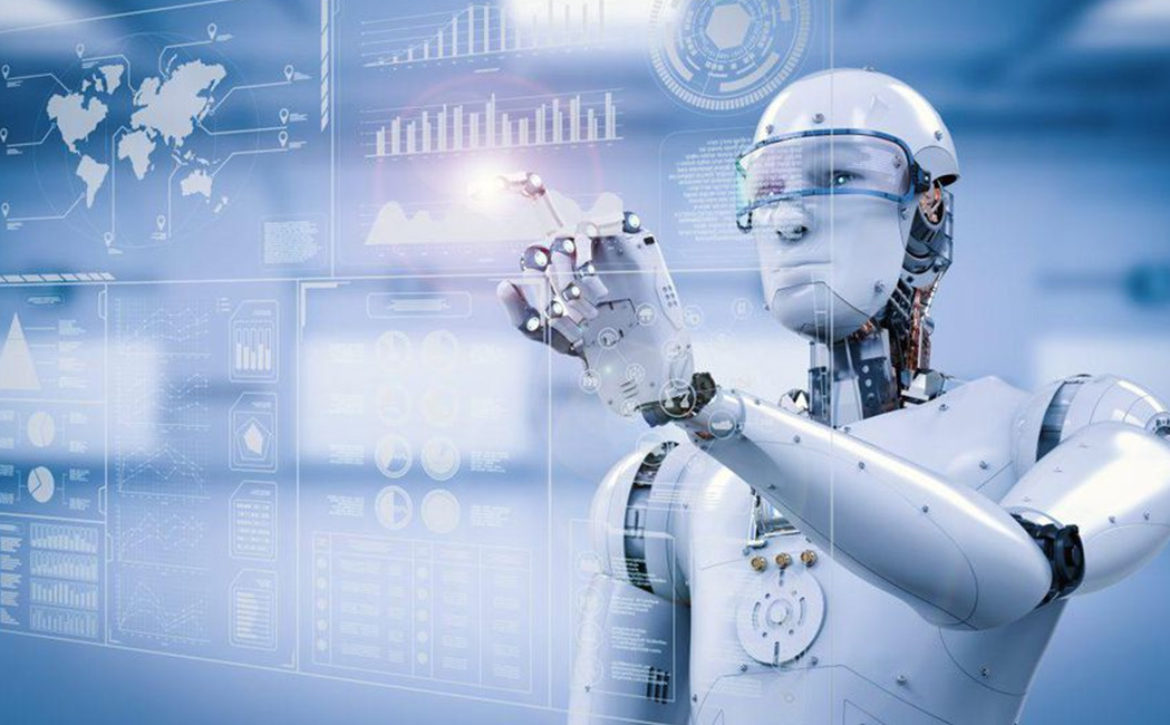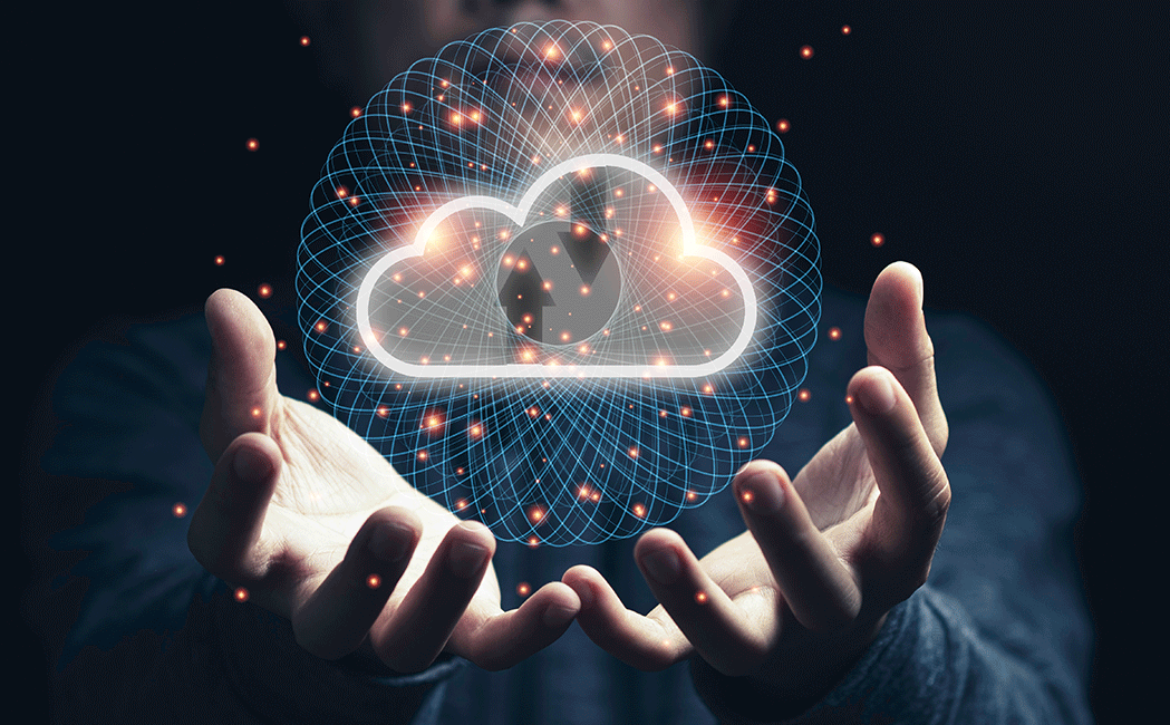Leading Digital Transformation Technologies for 2021
The digital transformation market is witnessing substantial growth. Many organizations are adopting digital transformation trends for gaining potential and staying ahead of their competitors. This article will come to you regarding the topmost digital transformation technologies for enterprises in 2021.
Let’s explore these modern-day technologies:
- Cloud Technology
The advantages of cloud computing are numerous. Flexibility and accessibility are the topmost benefits of moving to the cloud. Besides low total cost associated with cloud technology is one of the major reasons businesses are adopting it.
It can also get into the maintenance of the easily accessible private infrastructure while streamlining the day-to-day functionality. The benefits of cloud bursting while also sharing what needs to be shared and keeping other things private makes it one of the essential entities in 2021. Today more than 85% of businesses are already making use of Sound Technology to store information.
- Big Data and Real-Time Analytics
Real-time analytics can give the potential to the businesses to stay aware and take action on data immediately once they notice the problems.
Besides, real-time analytics also gives the opportunity of responding to queries within seconds. When the data is unstructured, these tools actively capture the data and store it for analysis.
Therefore, it can reduce the cost of the business to a huge extent. Cloud analytics also makes sure about saving huge data and profiles. For exclusive opportunities for business growth, it’s worth considering big data and analytics because around 99.5% of the collected data never gets analyzed. Besides, less than 50% of the structured data collected from you is used in decision-making.
- Boosts IoT Scalability
Scalability is the ability to analyze, process and summarize extensive data before sending it to another device. AI-infused IoT devices work towards predictive, prescriptive and continuous analytics to boosts scalability. Predicts the events, prescribes the methods and procedures to be followed and analyzes and provides the best suggestion to work better. Such efficiency is made possible by an AI-powered IoT ecosystem that eases our everyday process.
- Augmented Reality
Augmented reality is one of the trending solutions for most businesses today that comes with overlaying visual, auditory, and sensory information to enhance the User experience.
That being said, the enterprises are adopting the augmented reality technology to promote the product or services while also launching Novel marketing campaigns and collecting unique user data.
Besides, the minimized learning risks with promoting the experienced-based learning approach are making it quite favorable in every business. Augmented reality is also generating a massive opportunity for the delivery of information and content. Around 88% of the mid-sized businesses are already adopting Augmented reality and integrating it into the corporate sector.
- Internet of Things
Internet of things is becoming popular and aims to develop internet connectivity for the daily purpose that can work for sending and receiving data effectively. IoT devices are developing the ability for tracking and monitoring things.
Besides, it can lighten the workload with automation. The increased efficiency by saving money and resources also makes them quite favorable for the businesses. Certain revelations suggest the number of cellular IoT connections is expected to reach around 3.5 billion in 2023.
- Artificial Intelligence and Machine Learning
Artificial Intelligence and machine learning are becoming helpful for businesses to achieve the key goals while obtaining actionable insight, driving critical decisions, and creating exciting new and innovative products.
That being said, the approach works flexibly inaccurate application in the different sectors of the businesses. Machine learning also relies on defining behavioral rules by comparing and examining large data sets for finding common patterns.
Most businesses utilize them today for the incredible power of processing more data than a human being ever could. Digital transformation trend reports suggest that around 48% of the respondents can handle the data quality issues using data analysis AI tools and machine learning. Besides, around 25% of the businesses are already adopting AI Technology into their business processes.
Key Takeaways
Digital transformation ensures helping numerous organizations achieve their end goals more flexibly while increasing their return on investment.
As a business owner, you can prosper by adopting digital transformation trends without wasting additional money, resources, and time.




